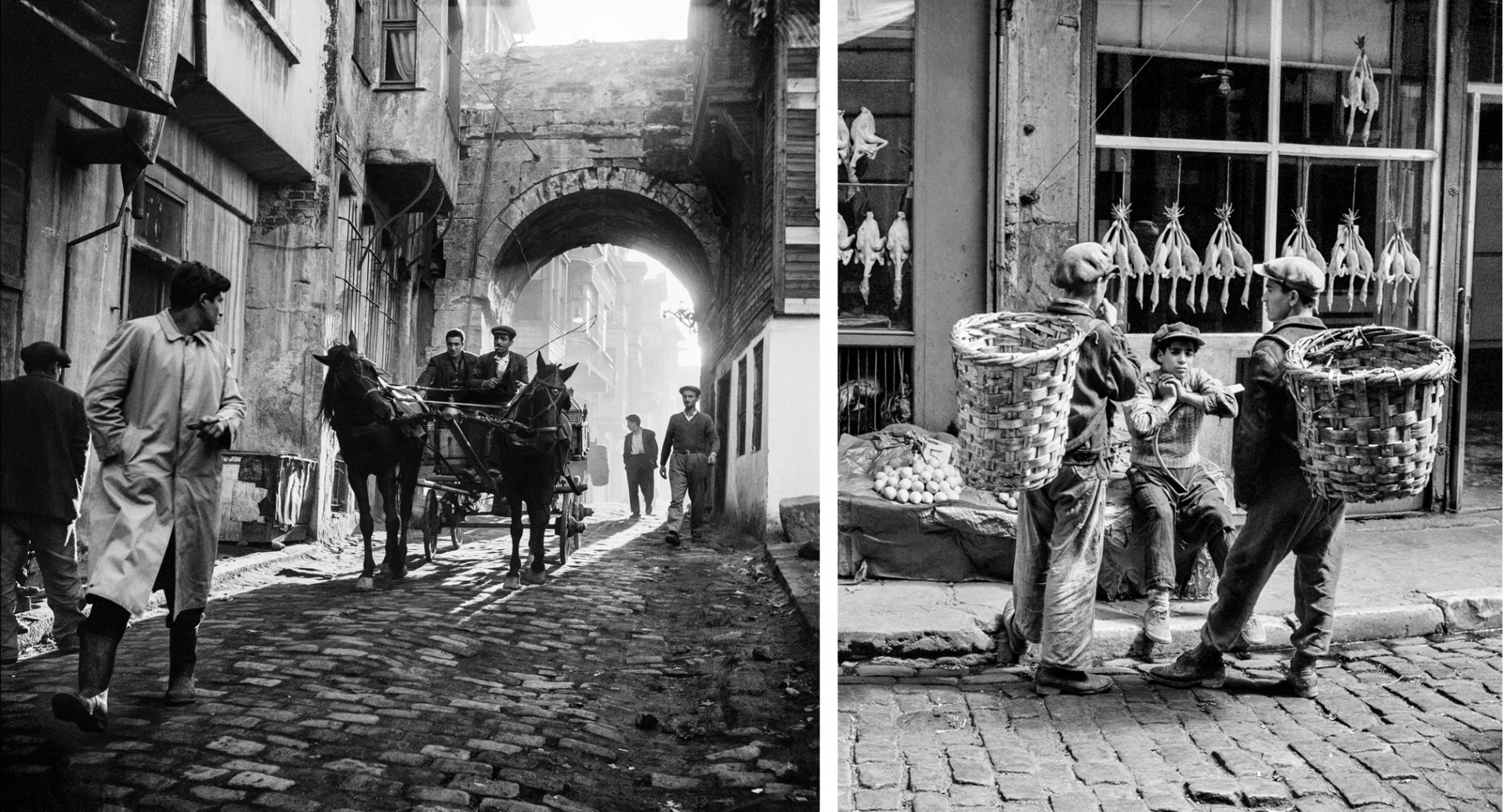This is the last article you can read this month
You can read more article this month
You can read more articles this month
Sorry your limit is up for this month
Reset on:
Please help support the Morning Star by subscribing here
Ara Guler
Saatchi Gallery, London
THE WORK of Ara Guler may not be too familiar in this country but he was one of Magnum agency’s leading photographers over many years and produced a large body of stunning work.
Guler, who died last year, was born in 1928 in Istanbul. The son of Armenian parents — something this Turkish state-sponsored exhibition prefers to ignore — throughout his life he was regarded as a significant global representative of Turkey’s creative photography.
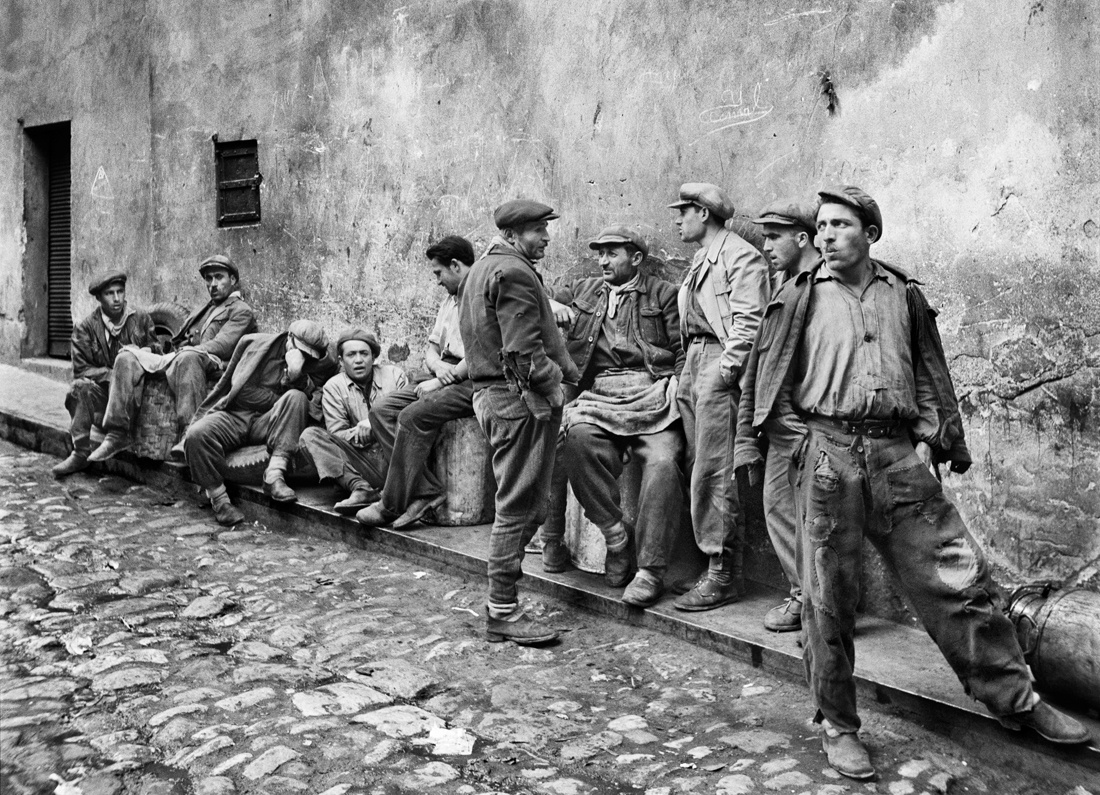
In the 1950s he worked as the Near East photojournalist for Time Life, Paris Match and Stern magazines and, after meeting Henri Cartier-Bresson in the early 1960s, Guler joined Magnum and would become the Cartier-Bresson of Istanbul.
His evocative black-and-white photos of his native city document its bustling streets and quaysides, its workers, traders and shoppers. He captured Istanbul’s rapidly changing face, its best-known landmarks and its citizens, with images that often have the quality of huge stage sets with layer upon layer of tonal perspective. The backdrop of the famous Hagia Sophia mosque dominates the horizon like a huge fortress.
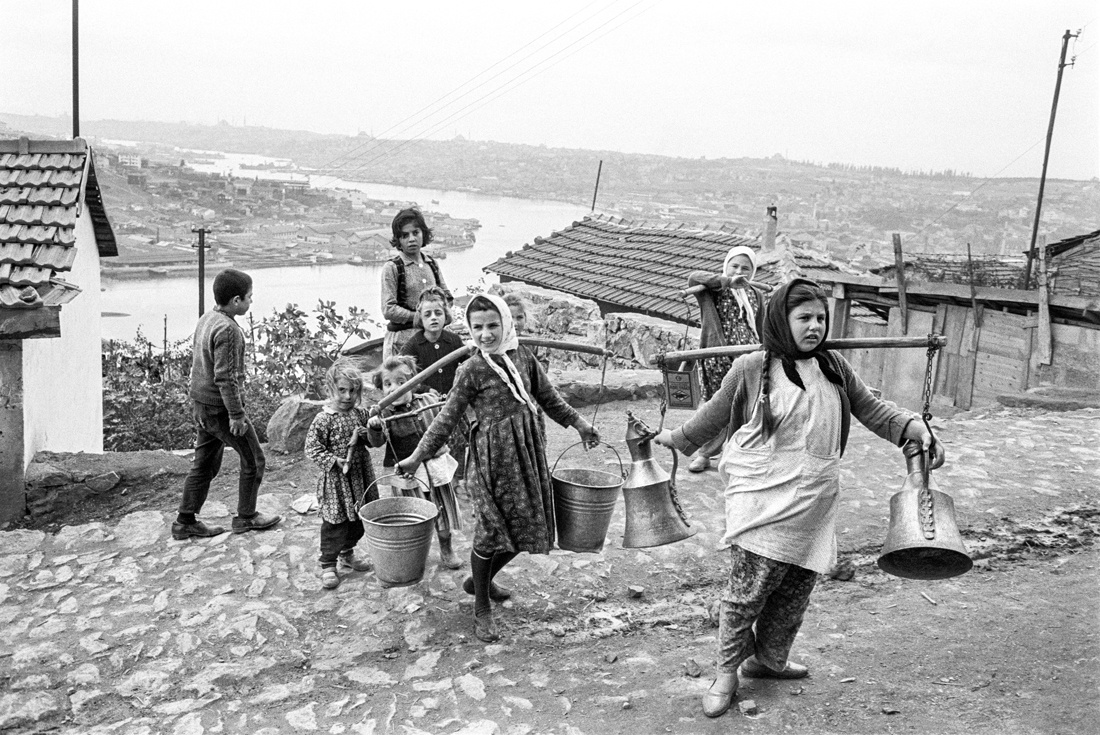
Although his work would take him all around the world, none of those images are represented here. But the organisers have deigned to include a few of his numerous portraits of the famous, such as Sophia Loren, Pablo Picasso, Salvador Dali, Nazim Hikmet, John Berger, Man Ray and Winston Churchill.
Guler attached the greatest importance to the human presence in his photographs and described himself as a visual historian. “When I’m taking a picture of Hagia Sophia, what counts is the person passing by, who stands for life,” he said.
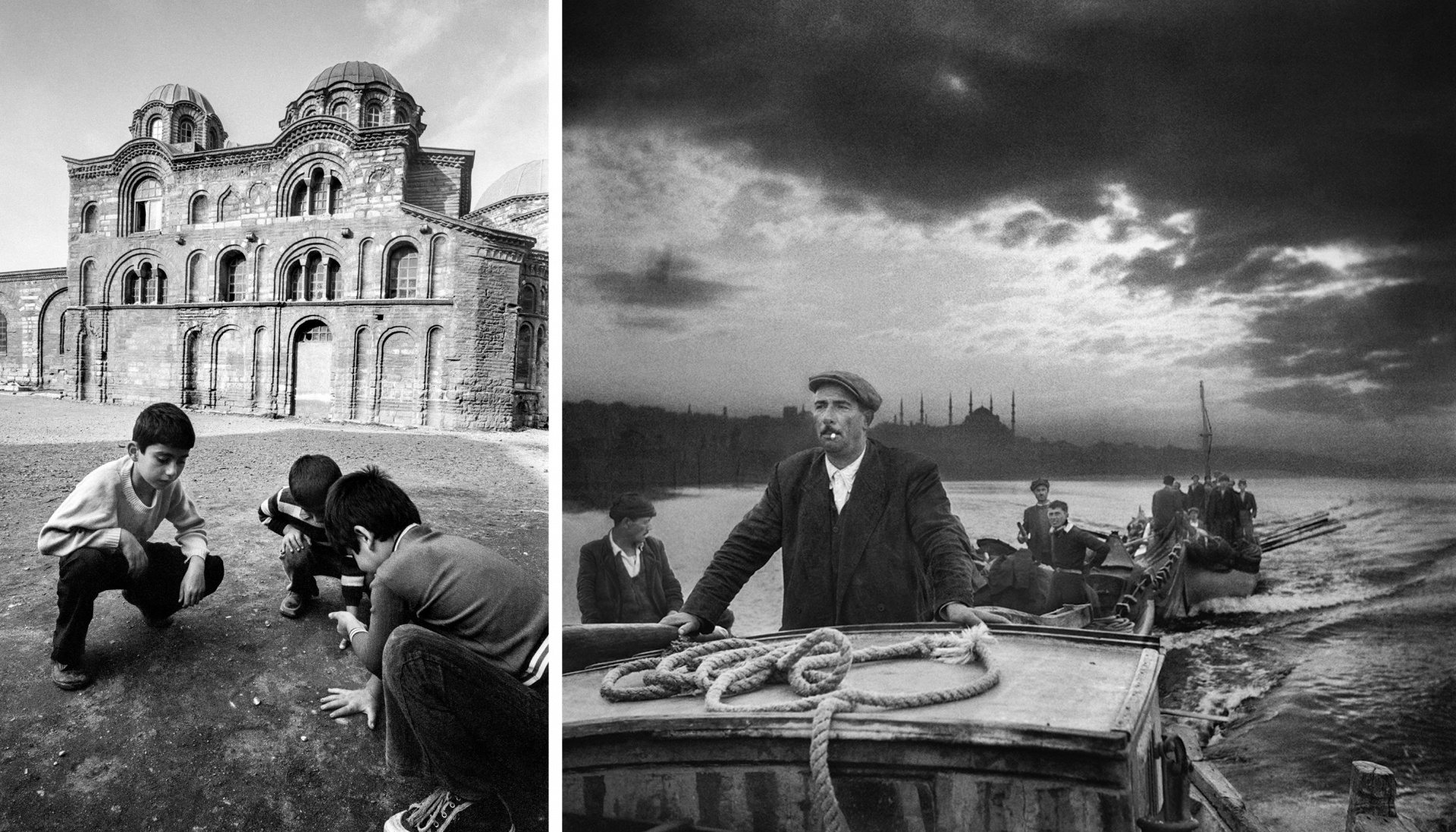
He believed that photography should provide a memory of people, their lives and especially their suffering. While he considered that art “lies,” he believed that photography can only reflect reality. He embraced the identity of a photojournalist because he did not attach much value to photography as an artistic pursuit.
Ironically, though, his images have the contemplative and stark aesthetic quality that you only find in great works of art.
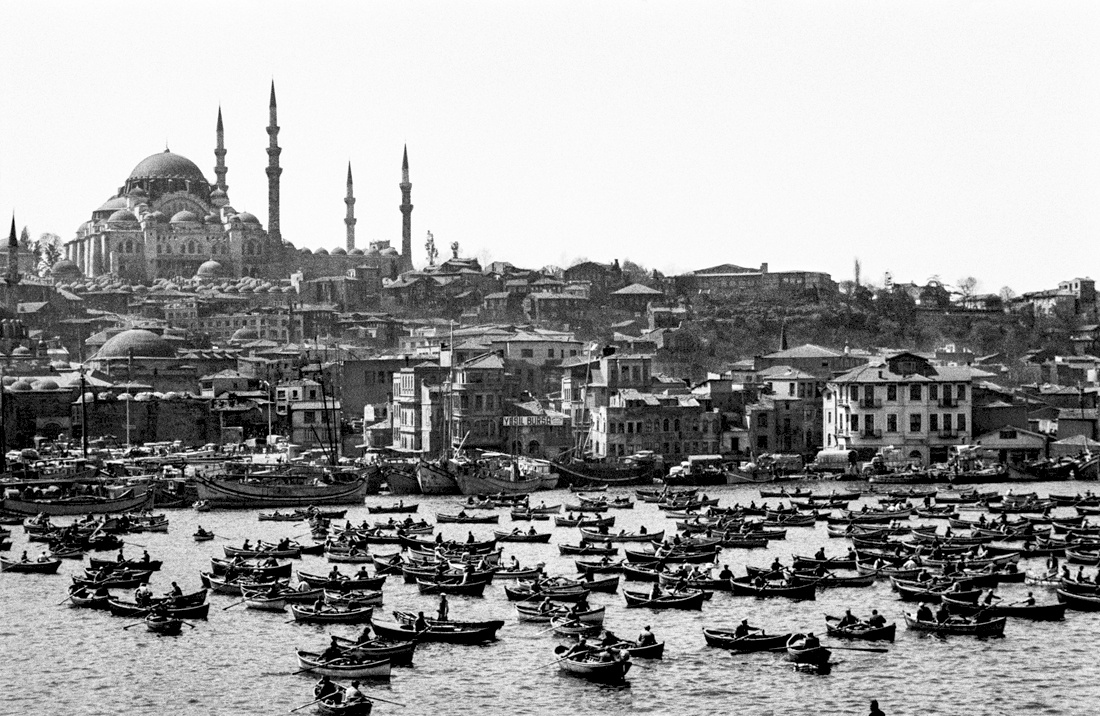
It is a pity that this exhibition showcases only his Istanbul images from the 1950s and 1960s, with one or two exceptions from later years. Inexplicably, none of his later works are on show.
The press opening of the exhibition was a weird experience. Introduced by the Turkish ambassador and opened by Britain’s oleaginous foreign minister and friend of Erdogan, Ian Duncan.
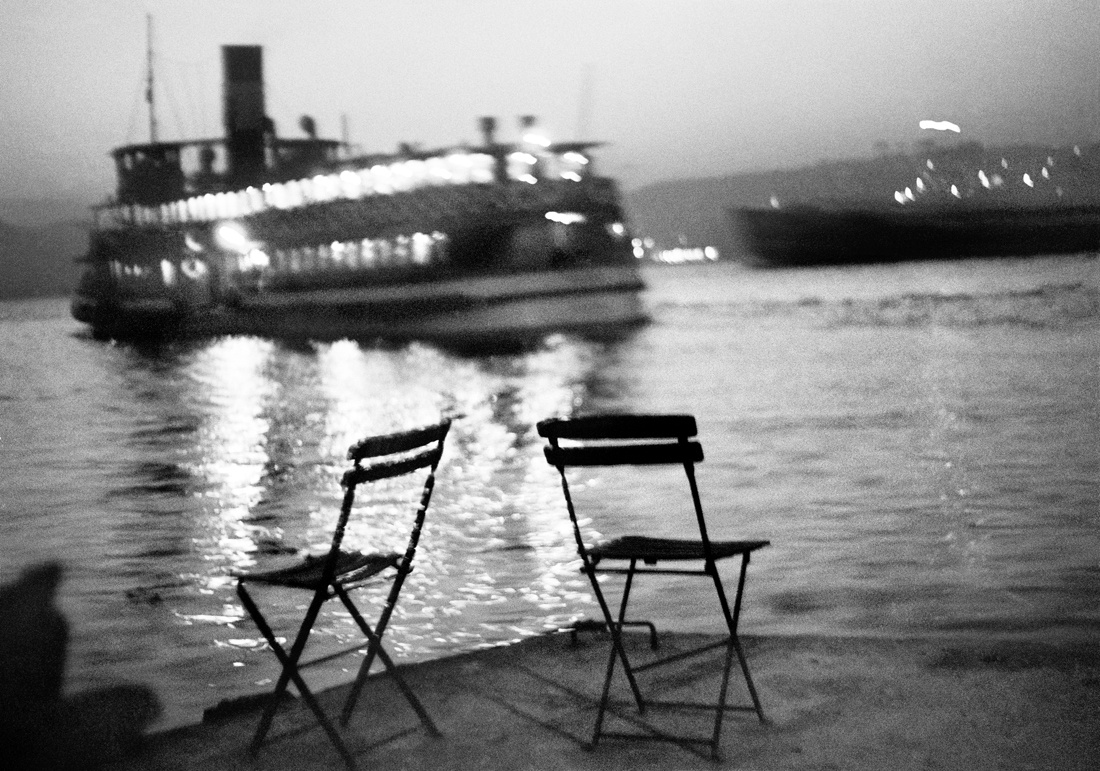
While the well-dressed glitterati fluttered around the gallery, sipping their cocktails, Guler’s stark black-and-white images of Istanbul’s poverty, its workers, traders and street kids seemed to be an incongruous anomaly in this palatial Chelsea gallery and in the presence of these affluent visitors.
One wonders what Guler himself would have made of it.
Runs until May 5. Free. Opening times: saatchigallery.com
